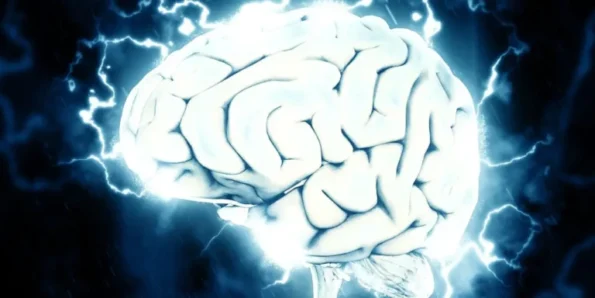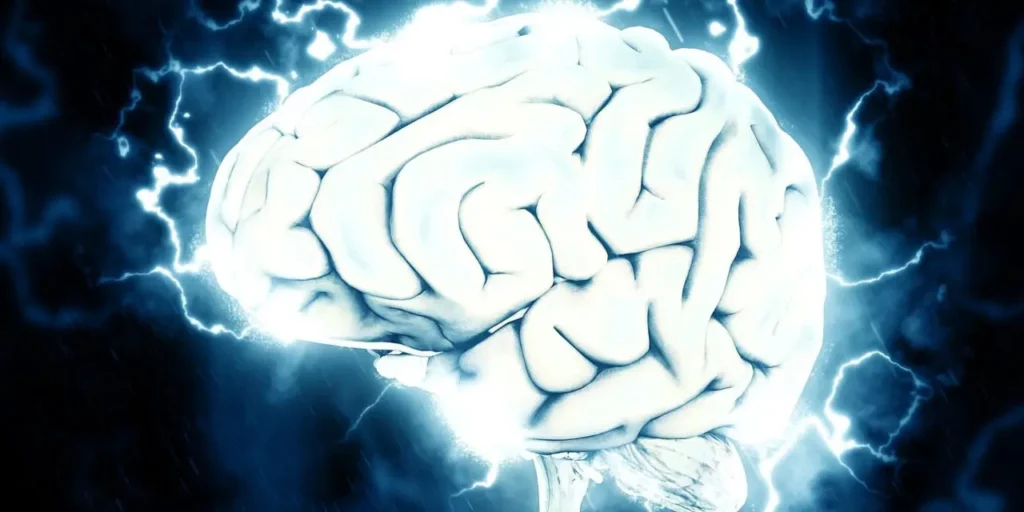PEMF THERAPY AND THE CHRONIC PAIN BRAIN
Table of Contents
Chronic pain impacts more Americans than heart disease, cancer and diabetes combined. Pain is the primary reason people seek medical attention. Disability, loss of work, poor quality of life, depression and anxiety can all result from living with chronic pain. Although extensive research has been conducted around chronic pain, conventional treatments are inconsistent and often don’t work. Brain research might just be providing some answers. New solutions to the treatment of chronic pain, including PEMF therapy.
Are you living with chronic pain? Do you have memory issues, depression or anxiety, sleep issues or brain fog along with chronic pain? If so, you have a chronic pain brain. If you have friends or family members who suffer from chronic pain, they also have chronic pain brains. But what does that mean?
The short answer is that your brain has developed changes related to chronic pain. This set you up for even more chronic pain. Your brain will perceive pain even when no physical source of pain is present.
HOW PAIN IMPACTS THE BRAIN
The perception of pain comes from the signals that are sent from the source of the pain to the brain. All pain sends these signals to the brain, whether it’s acute or chronic. Say you have an injury that causes acute pain, such as stubbing your toe. Your brain receives the signal sent up the spinal cord, and you feel the sharp pain. But, as the source of that pain heals the pain signal disappears. The brain doesn’t hold on to the memory of that pain, and the pain subsides.
However, if the source of pain lingers, the pain signals are sent continuously. That can go on for weeks, months, or even years. It can cause a disruption in those signals to the brain. The brain retains the memory of pain. This way, even when no physical source for the pain exists, pain is perceived. That’s the chronic pain brain.
Your mental state is critical when considering chronic pain because of the connection to the limbic area of your brain and the emotions which live there. Perception of pain varies widely depending on your mental state, as evidenced by examples like athletes injured while competing who don’t feel the pain until the end of the game, or how a mother’s kiss reduces pain of an injury better than a pain reliever.
Clearly, pain can’t be explained solely by the flow of nerve signals or an irregular response in the spinal cord. But most of the current research on pain and pain management focuses on these physical issues, ignoring the brain connection.
THE CORTICAL-LIMBIC SYSTEM CONNECTION
Research is slowly changing our ability to understand the brain through the use of imaging tools like enhanced MRI and positron emission tomography (PET) scans. That’s given us information about the interactions between the exchange of pain signals in different areas of the brain.
Pain signals travelling throughout your brain can involve up to 10% of your brain. That means that 8 to 10 billion neurons (brain cells) are activated with each pain signal. Less than 100 cells in the brain are specific to pain. But all these other cells are turned on as the pain signal travels throughout the brain. Most of that nerve activity stimulated by the pain signal travels to two regions in your brain: the limbic system and the prefrontal cortex.
The limbic system is where emotions live, especially fear and sadness. The limbic system is also responsible for memory of past events. The prefrontal cortex is responsible for decision-making and short-term memory.
When a constant stream of pain signals fire in the brain, even if the pain is minimal, the whole system is activated. This means that even small amounts of chronic pain can cause mental and emotional suffering that far exceeds the expected level of pain. Even when the source of the pain is completely healed, the brain structures affected by these continuous pain signals remain activated, causing chronic suffering.
This is compounded when sensations in the body not related to pain stimulate the brain circuits of previous pain memories, causing a perception of pain that has no identifiable source. Brain imaging research on chronic pain patients reveals a lack of a cluster of brain neurons specifically devoted to the perception of pain. These chronic pain patients did, however, have increased activity in the cortical-limbic system, which helps us understand that chronic pain is a result of a combination of unique brain states – what I call the chronic pain brain.
All of this reinforces the idea that targeting this cortical-limbic system in the brain is vitally important in the treatment of chronic pain.
WHY TRADITIONAL TREATMENTS DON’T WORK ON CHRONIC PAIN
Most current methods for dealing with pain are ineffective at best when it comes to chronic pain. Some can actually cause great harm – as demonstrated by the opioid crisis in the US that can be in large part attributed to increased use of prescription medications to treat pain. Many of the same brain structures affected by chronic pain are also involved in various aspects of addiction.
Medications like acetaminophen, ibuprofen and opioids can be very effective for treating acute pain. That’s because they are handling the symptoms of the pain – and these symptoms subside when the source of acute pain has healed. But chronic pain is impacting the actual functioning of the brain, which means drug therapy may mask symptoms, but it won’t help heal the chronic pain brain.
For effective treatment of chronic pain, the centers of the brain affected by chronic pain must be targeted – the prefrontal cortex and limbic system, including the hippocampus.
HOW CAN PEMF THERAPY HELP THE CHRONIC PAIN BRAIN?
PEMF therapy is convenient, easy to use, and helps with a wide range of issues – including chronic pain. PEMFs can target the pain response centers in the brain to help regulate brain function. Research has shown that PEMFs can safely be used across the brain with effective results. PEMFs help reduce inflammation and overactive brain functioning, through both repairing tissue and by adjusting brain frequency functions (entrainment).
Many alternative treatments for chronic pain, such as chiropractic care, physical therapy, and acupuncture are costly, time-consuming, and won’t address the root cause of this pain. While they provide short-term relief, they won’t resolve the issues.
PEMF devices can be used at home, for hours at a time. You can even use them overnight, which helps with poor sleep caused by chronic pain. PEMF therapy speeds healing of tissues inflamed by conditions such as arthritis, fibromyalgia, tendonitis, carpal tunnel syndrome, and more, which are causing the pain signals to be released. PEMF therapy also helps erase the pain signals that result from old memories of pain.
While systems ranging from very high intensity to lower intensity systems have all been found to be safe in treating the brain, I prefer lower intensity, battery operated, portable units that allow extended use, throughout the day and days at a time, and offer the option of selecting multiple brain-wave-tunable frequencies (entrainment). Extended use is often important early in the treatment process as the brain is being “re-educated” to reduce activation of the pain circuitry.
PAIN RELIEF WITHOUT THE RISK
PEMFs reduce pain and suffering without the problems that can result from other treatments, particularly the use of medications.
Opioid addiction is one clear risk of using medications to treat long-term pain. Beyond this risk of addiction, there are a number of other possible adverse drug reactions (ADRs) that can occur. In fact, every year more than 125,000 people die and 2,700,000 are hospitalized due to ADRs.
Despite widespread use of the same prescriptions for every patient, the truth is that most drugs only work for 30-50% of people. That’s because we all have a unique genetic profile that must be taken into consideration – and most of us have no idea how our genetics will interact with the medications we take!
PEMF therapy doesn’t carry the same genetic risks, and can be as effective – or even more effective – than drug therapy. Portable, battery-operated PEMF devices are convenient, can be used almost anywhere, and can be used across the brain to help manage chronic pain – and change your chronic pain brain!
Get assistance in selecting the right PEMF device for you. Call our medical office and speak to a member of our team. Or, click below to apply for a PEMF Therapy Consultation.
REFERENCES
Chronic pain: The role of learning and brain plasticity. Restor Neurol Neurosci. 2014; 32(1): 129–139. AR Mansour, MA Farmer, MN Baliki, and A Vania Apkarian. Feinberg School of Medicine, Northwestern University, Chicago, Illinois.

